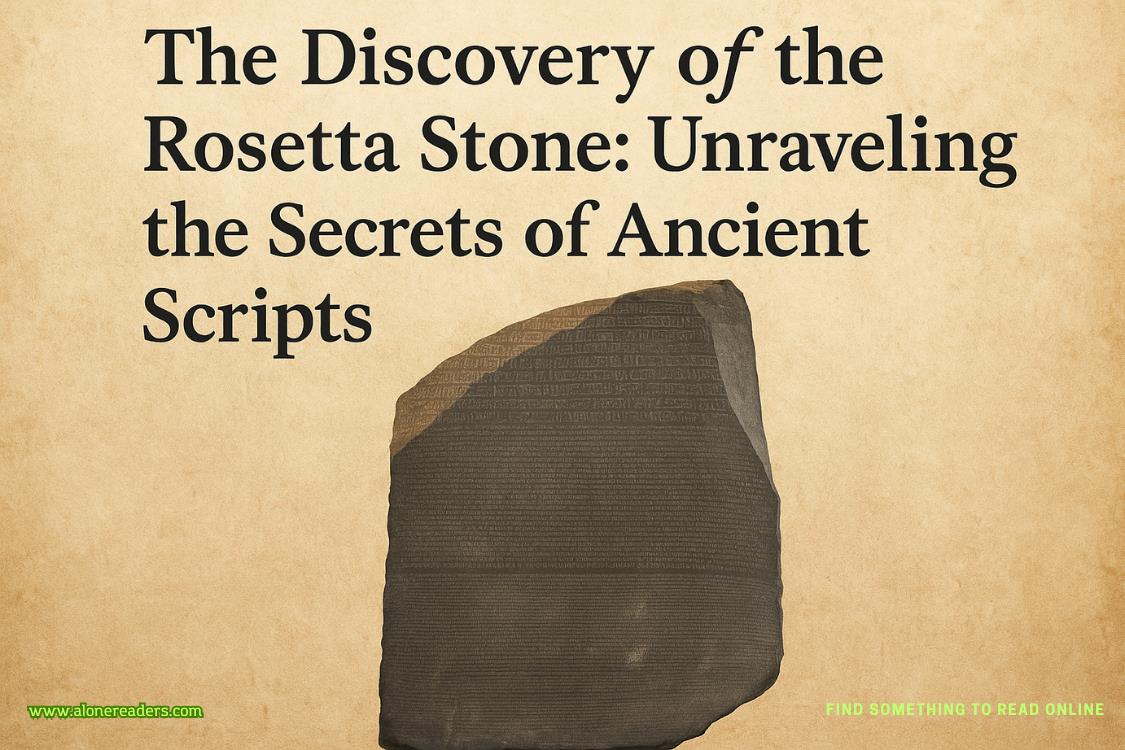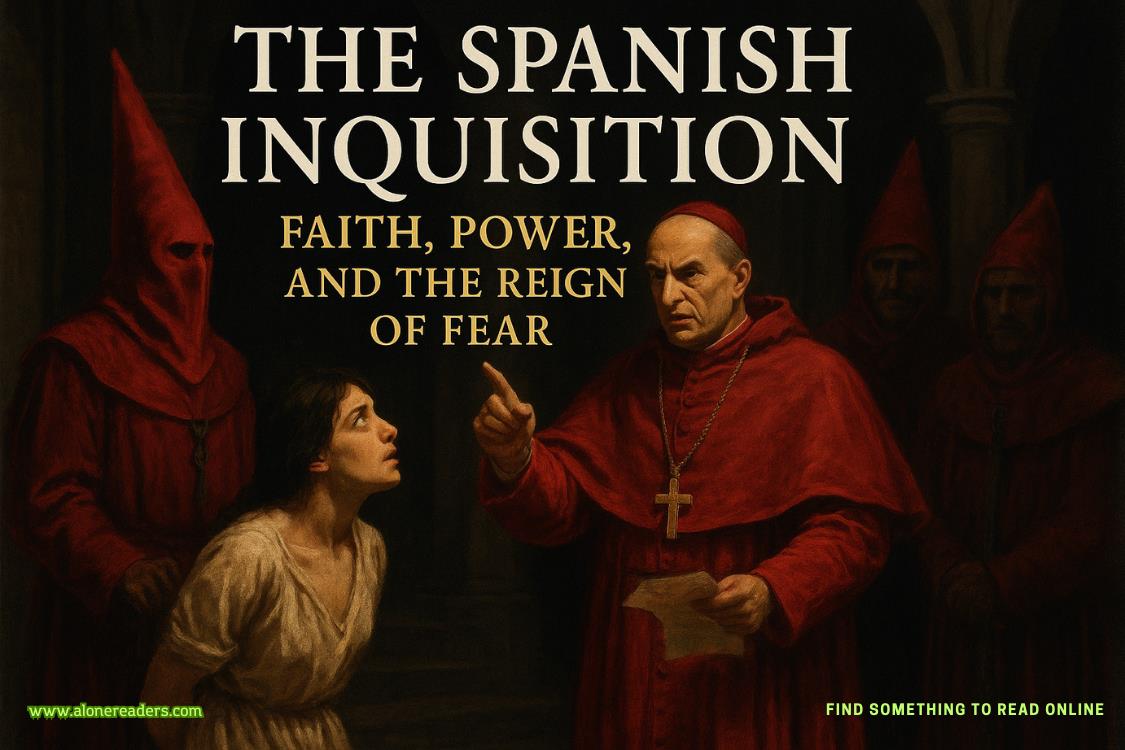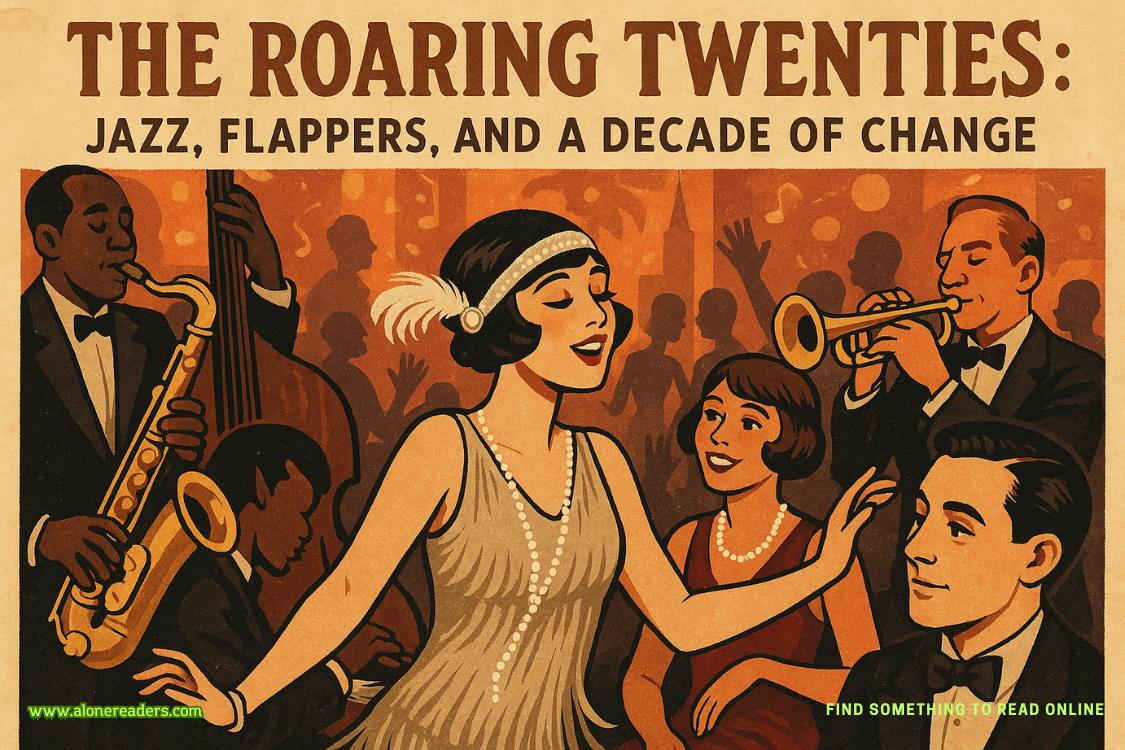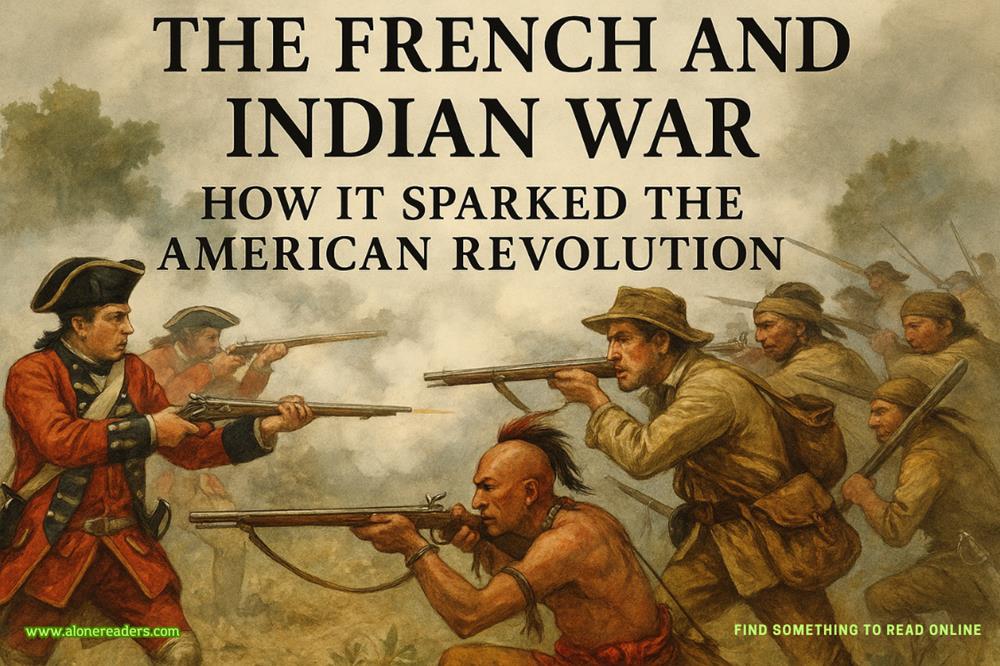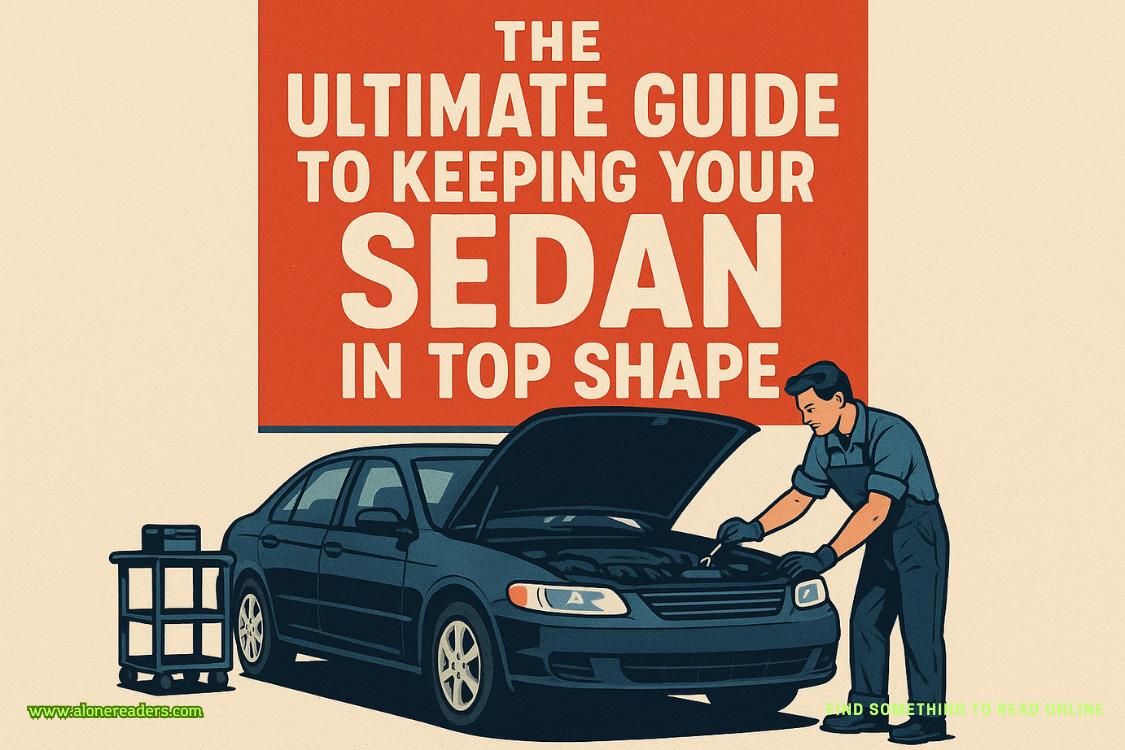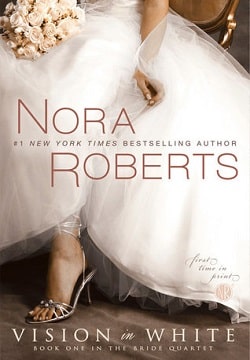‘Sophie, please.’ Hattie sighed, leaning against the worktop. ‘I’m taking four weeks to simply be Hattie. To enjoy one more spring, one last birthday party, without having to handle the looks of pity and whispers of “how terrible, how tragic”. There’ll be plenty of opportunities for them to take care of me later! To treat me like glass as they fake a smile and talk about me as if I’m not there, all of us pretending to ignore my bald head and bloated body. After everything we’ve been through, they can get over me keeping this to myself for a piddling little month.’
‘Even if it means a weird atmosphere at the party?’
She bowed her head. ‘I’ll tell them something. Not that I’m dying, though!’
I took a deep breath, took a chance. ‘Will you tell Gideon and Agnes something, too?’
Her expression turned to concrete. ‘Thanks for helping to clear up. I’m going to bed.’
27
I spent most of the weekend finishing off the attic. Hattie came up sporadically to supervise in between naps, sketching woodlice (I wasn’t sure if they were worse than the crows) and composing a guest list for her party. I started sending her images of some of the documents and items I wasn’t sure whether to keep or dispose of, so she didn’t have to exert herself climbing the stairs, but on Sunday afternoon, following a morning alone in the chapel, she made the effort to help me sort through the only box still untouched that contained objects rather than papers.
This one I needed help with, because most of the contents were things I’d never set eyes on before, let alone knew what they were or what they did.
‘Aha,’ Hattie said, picking up and examining a piece of metal, twisted into what I thought might be a pig. ‘This gorgeous goat was created by a fellow artist in Panama. Every item in this box was made by an artist in a different country.’
‘There must be at least…’
‘Twenty-six.’ She gave me a wry smile. ‘I went a long way trying to find myself. Which only goes to show how badly I was lost.’
* * *
Riverbend
Hattie spent two months in Tuscany, another few weeks wandering around the rest of Italy, before she drifted into Slovenia, and then Hungary and, before she knew it, was spending the summer in an artists’ commune in Poland. As the season began to change, she packed up her bags and jumped in the back of a van heading for Turkey, and so began a pattern that lasted for the next five years. She determined to relish every moment, each opportunity, to make up for far too long living half asleep. This included breathtaking views, heart-stopping adventures, living from hand to mouth picking up bar work, fruit picking or sketching simple pictures for tourists. Relying on the kindness of strangers, while making new friends in every town and village she passed through. Her resolve to experience everything the world had to offer had been originally designed to keep her demons at bay, but what she found was something different. In each new stunning sunrise, or sky lit with stars, as she stood on mountains and swam in cerulean seas, conversed in clumsy sign language and danced with barefoot children, she realised that, in more places than not, she was able to leave a demon or two behind.
As she painted and sketched new sights and sounds, she learned more about herself, about people, about life, than she had imagined possible. And what she learned was that life was difficult, and painful, and wondrous and mundane and beautiful, no matter where you went or who you were with. People were people. She saw them love and laugh and lie and lose.
And gradually, over the years, instead of painting wounded animals and broken-down buildings, she started to depict the jade of a hummingbird’s wing or the wildflowers growing on a rubbish heap.
She drew a cherry tree in blossom, ignoring last year’s rotten leaves collecting around the trunk. Her artwork became full of sunshine, not shadows. Life, not loss.
As the years passed, and she lingered longer in each place, felt the urge to keep running less, she found that her heart, too, began to embrace the good again.
On her thirty-eighth birthday, while living with a group of female artists in the Madeiran mountains, she painted a different scene from the one she could see in front of her. One that she knew better than her own face.
A stretch of meadow grass. Broad, sturdy trees – oak and beech and a horse chestnut. She drew the bend in a river, two ducks sailing past.
She rinsed the paintbrush with her tears, and then sold the painting for three times more than anything she’d created before.
Unlike previous work, this one was not signed Harriet Chillington, or even Langford.
This one was drawn by a girl once lost, now found again: Hattie Hood.
Five months later, after an interview in a British newspaper about the new direction for a British artist, a solicitor found her, living in a tiny chalet in Switzerland. He told her he had sad news, and it was. Sad, and thrilling at the same time.
Leonard Langford had died from a heart-attack.
There were two beneficiaries in his will. The first was his nephew, to whom he’d left a modest sum. To the second, his only child, he’d left everything else – which was practically nothing. That was, except for the one and only thing she wanted from the man supposed to be her father.
Riverbend.
* * *
I was out on my weekly shopping and lunch trip with Agnes. We were feeling adventurous, and so we decided to stop for lunch at a different village, rather than Laurie’s bakery. I was intrigued to visit Hatherstone, remembering that the original owner of Riverbend had lived at Hatherstone Hall, a large estate bordering the village. We stopped at the restaurant where Gideon had once got us takeaway pizza, Scarlett’s, located on a bustling campsite next to the hall. While we were eating our giant paninis, accompanied with crisp slaw and raspberry lemonade, the waitress told us that it was Hatherstone market day, definitely worth a wander round if we had the time.
Most of the vendors lining the main street had embraced the Robin Hood vibe – there were the straight-up souvenir stalls with postcards, bow and arrow sets and the usual touristy keyrings and tea towels. Others included Friar Tuck’s beers and cheeses and Much the Miller’s son’s pies and cakes.




